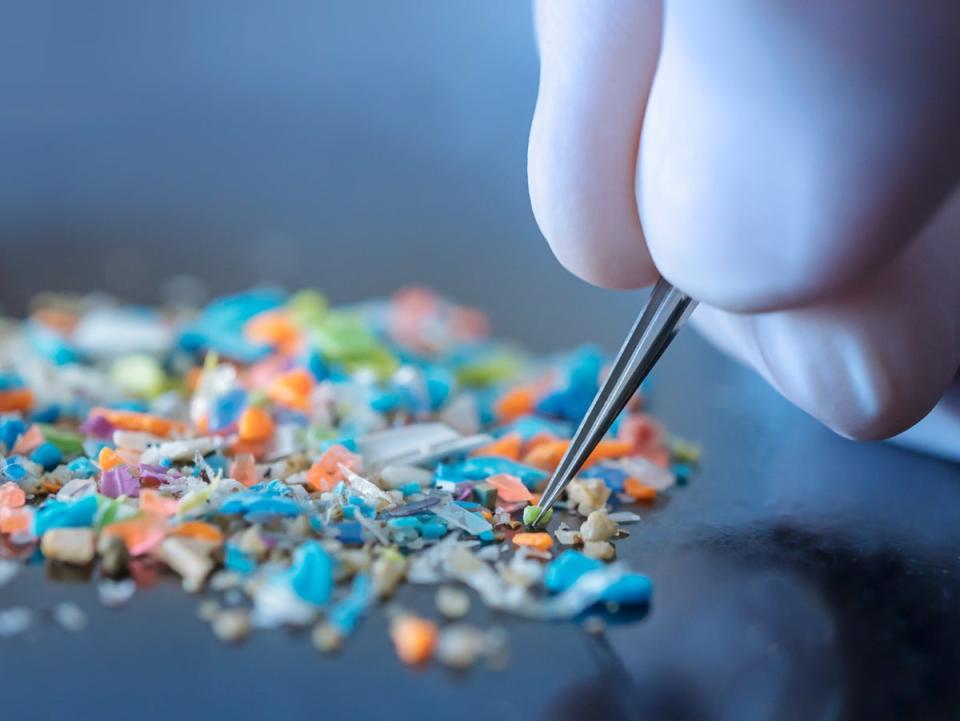How to limit microplastic exposure in your daily life

Experts say that we have all become increasingly exposed to microplastics in our daily lives.
From clothing to food packaging, exposure to microplastics has become nearly unavoidable, but with a few hacks from experts, people can successfully limit their exposure. Although we cannot control the majority of microplastics we are exposed to - with products like paint, car tires, and more all potentially creating the particles - avoiding purchasing and using the following products can help lower exposure levels.
We are often exposed to the particles when plastic products degrade or if a product contains a plastic additive like microbeads, which ultimately end up in our water and soil and get back to us through our consumption.
Scientists say that avoiding processed foods is one of the easiest ways to mitigate this exposure. Although plastic packaging does allow for a longer shelf life, the packaging also generates microplastics over time that may be emitted into food products. Researchers have also found that processed food products are more likely to have been exposed to plastic particles after making contact with plastic food production equipment.

In particular, highly processed foods like frozen chicken nuggets were proven to contain the most microplastics per gram of meat, according to a recent study of 16 protein types that commonly contained microplastics.
Another way to decrease microplastic exposure in your food items is by preparing and storing food items in products made of non-plastic materials like wood or glass. Plastic containers or tools can emit microplastics when subjected to higher temperatures within the dishwasher or microwave. However, even when temperature isn’t an issue, plastic-packaged items like bottled water reportedly have higher levels of microplastic than their non-plastic counterparts.
“The less processed, the less plastic,” Rochester Institute of Technology environmental science professor Christy Tyler explained to the New York Times.
The widespread use of plastic isn’t just limited to food products and household items, but also furniture, bedding, and clothing items - the latter of which is typically created by fast-fashion brands that often use synthetic materials like polyester and nylon.

With 60 percent of clothing materials being plastic-based, according to a report from the UN Environment Programme, not only general wear and tear can result in exposure, but laundry can go as far as to contaminate rivers, oceans, and our drinking water thanks to microplastics being able to pass through sewage treatment plants undetected. Experts suggest that doing less laundry, line drying, and washing full loads can lead to less microplastic shedding in clothes and into our water.
Furniture made of plastic materials can emit microplastics if placed in direct sunlight, but exposure can be mitigated if these furniture items are constantly vacuumed. According to researchers, vacuuming can reduce microplastic levels in household dust, and thereby limit inhalation. If you inhale microplastics, they can enter your organs and bloodstream.
With synthetic clothing and highly processed foods often being more affordable, it can be difficult for some to make these small changes in their consumer habits and daily lives. However, since the presence of microplastics has been linked to higher chances of heart disease and digestive issues among other problems, it’s worth a try if not for your health but for the good of the next generation.


